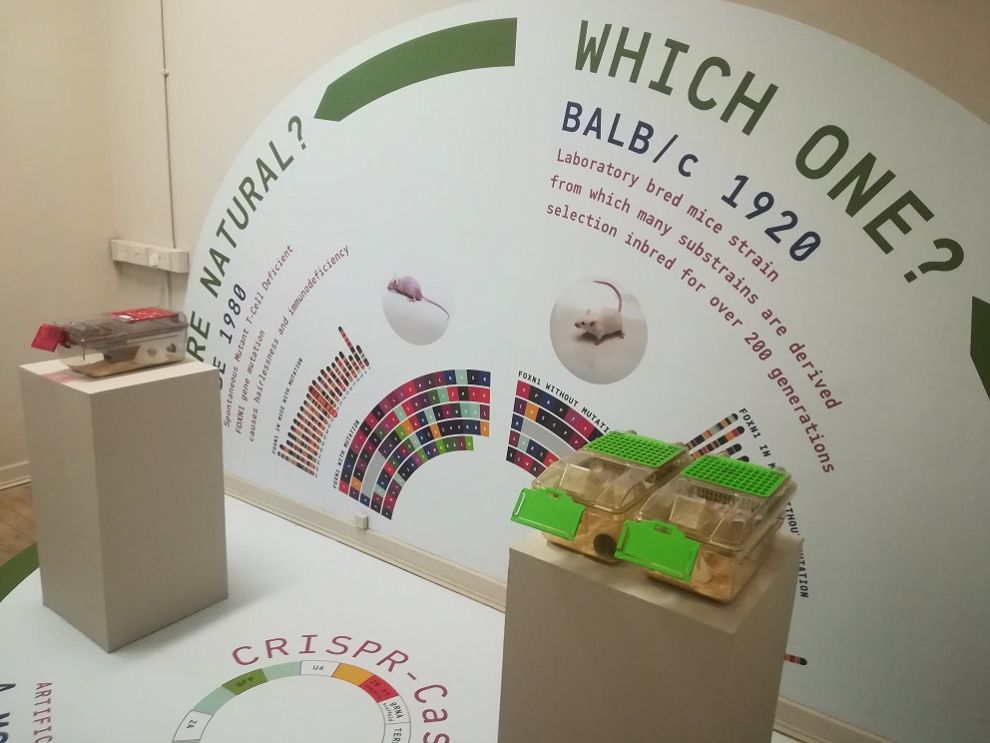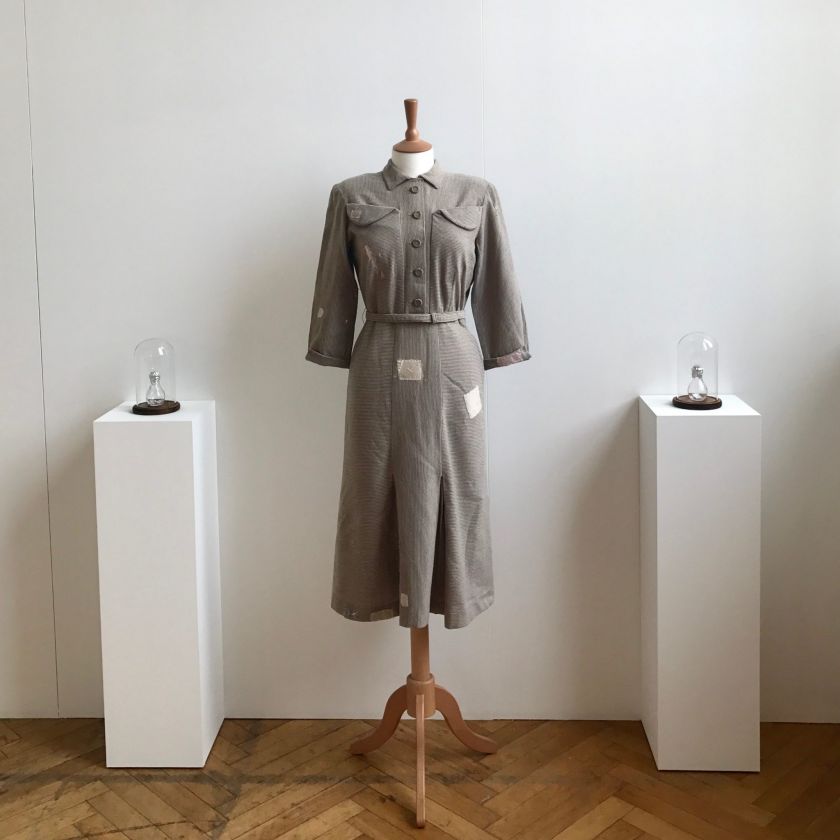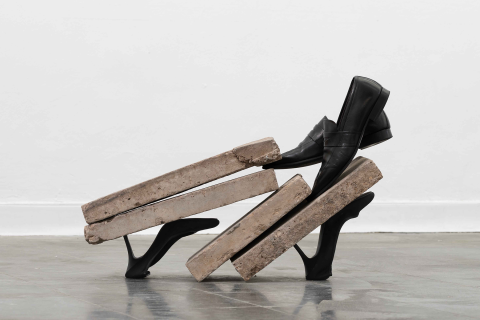Bezalel News
חדשות בצלאל
أخبار بتسلئيل
What Chemistry Nobel Prize got to do with Design and Art?
Nobel prize for Chemistry was given this year to pioneering tech company for Genetic Editing, Crisper/Cas-9, is an immune system that exists in bacteria as protection against viruses. It identifies fractions of DNA from viruses that attack bacteria, and slice them. The human genome is written with four letters only- A, C, G, T and the ability to read, study and compare DNA sequence for human being and thousands of other species, is already a common routine. But after the discovery of Crisper's biological mechanism, scientists showed that they can cut in a lab a fraction of DNA from different enzymes and remove unwanted genes and replace them with other ones. In other words- it is possible with this technic to edit the human genome and take out genes responsible for Alzheimer disease, Cancer or Aids, and switch them with healthy genes. This is the biggest promise for fixing terrible genetic flaws, but it is also an attempt to order children based on characteristics or looks, as suggested in the worst dark racist ideologies.
Artists and designers in the Biology field immediately faced the challenge of playing god and created projects on the subject- Science is one of the new ways in which the world of design and art is marching on. For example, Martha De Menses, "Truly Natural" raises the idea that old definitions of the terms "natural" and "artificial" are not relevant any more. The work of Biological design (Bio- Design) uses the technology of Crisper/Cas-9 to edit the genome of lab mice that went through natural genetic changes due to the process of homing. In the project, De Menses takes out the transformed genes and plant instead genes of wild mice in order to bring them back to their natural condition. This creation is consisted of an organism that has a genome with nothing artificial in it, but nonetheless the genome is edited. This work creates tension since genetic intervention can lead to organism whose natural and artificial at the same time.
The work of art, "Make, Do and Mend", of Anna Domitrio uses a woman's outfit from world war two, that the holes in it were mended with silk cloth colored with tissue culture of e-coli bacteria. These bacteria are not a regular one, it was genetically changed with the Crisper technology in order to remove The gene that resists Penicillin.
Following the change, the bacteria went back to its genetic condition prior the era of antibiotics. The work commemorates the 75 years of use of Penicillin since the first use in a sick human, and raised the awareness to the fast developing of pathogenic bacteria which resist antibiotics, and therefor challenges the cure for them. Penicillin, that was in common use in days of war, is not effective nowadays. The name given to this work is the slogan that encouraged women in Britany during world war two, to amend their cloths in modest times and also present the difficulty to do so just like being able to treat infections nowadays.
Professor Ori Bartal
Head of the Department of Visual and Material Culture








